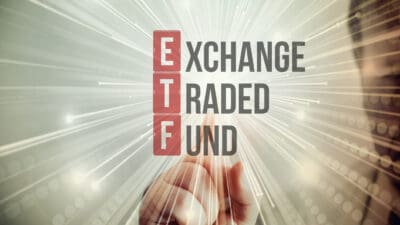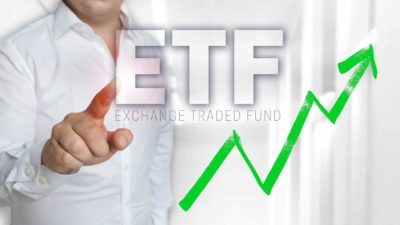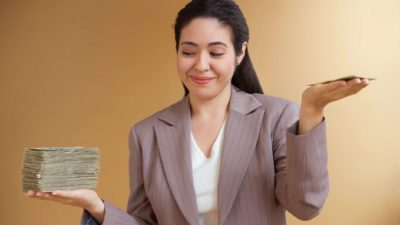There are many exchange-traded funds (ETFs) to choose from on the ASX, both active and passive.
Although the funds themselves are traded on the ASX, many of these contain overseas stocks.
The situation then gets complicated because the buying and selling price for these shares becomes dependent on the exchange rate of the Australian dollar.
Some ETF providers have provided a solution around this by providing currency-hedged funds.
Hedged funds will use financial instruments to smooth out the effects of any exchange rate fluctuations over time.
So when should you buy into a currency-hedged ETF, and when should you go for the unhedged ETF?
Shaw and Partners portfolio manager James Gerrish gave his thoughts recently on this dilemma:
The Australian dollar is a risk currency
Gerrish took the example of Betashares Nasdaq 100 ETF (ASX: NDQ) and BetaShares NASDAQ 100 ETF-Currency Hedged (ASX: HNDQ).
"These are ASX listed ETFs yet they are holding US assets such as Microsoft Corp (NASDAQ: MSFT), Apple Inc (NASDAQ: AAPL) and Amazon.com Inc (NASDAQ: AMZN)," he said on a Market Matters Q&A.
"NDQ is not hedged whereas the HNDQ ETF is currency hedged."
He explained that if the NASDAQ-100 (NASDAQ: NDX) rises by 10%, HNDQ is designed to do the same.
"NDQ is also exposed to the vagaries of the Australian dollar," said Gerrish.
"If the Aussie falls by 10% your gains on the underlying stock could be wiped away and, of course, vice versa."
The conventional wisdom is to buy the hedged ETF when the Australian dollar is low, and buy the unhedged version when the Aussie is high against other currencies.
However, Gerrish's insight is that the difference is not as significant as one might think.
"Unhedged exposures generally have a smoothing effect on returns for Australian investors given the Australian dollar is a risk currency," he said.
"When markets fall, the Australian dollar generally falls as well, cushioning the decline."
Over the past year, NDQ has fallen 11.5% while the currency-hedged HNDQ has lost 17%.









